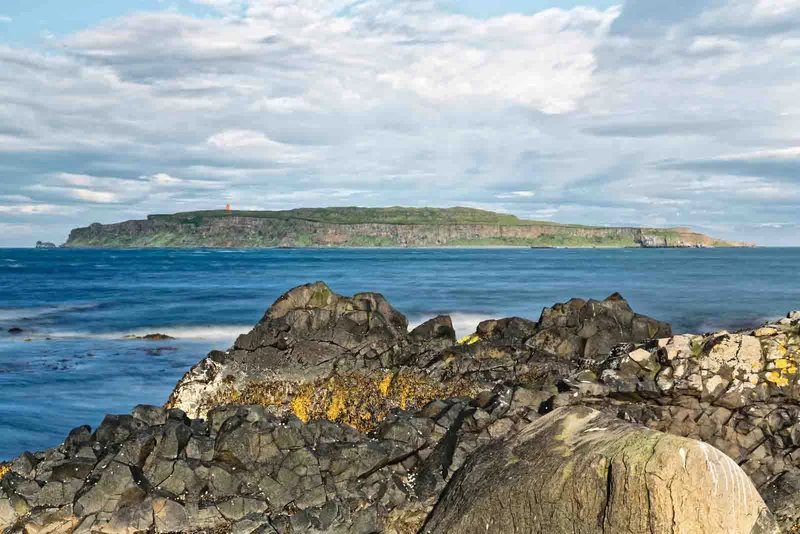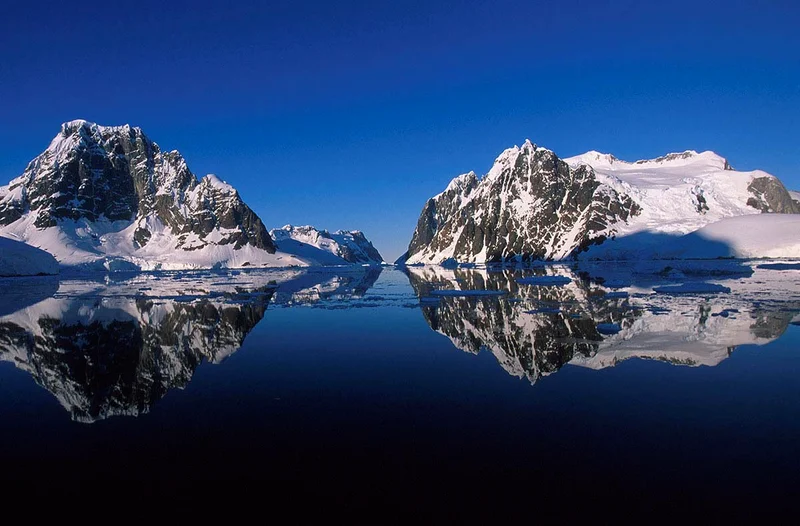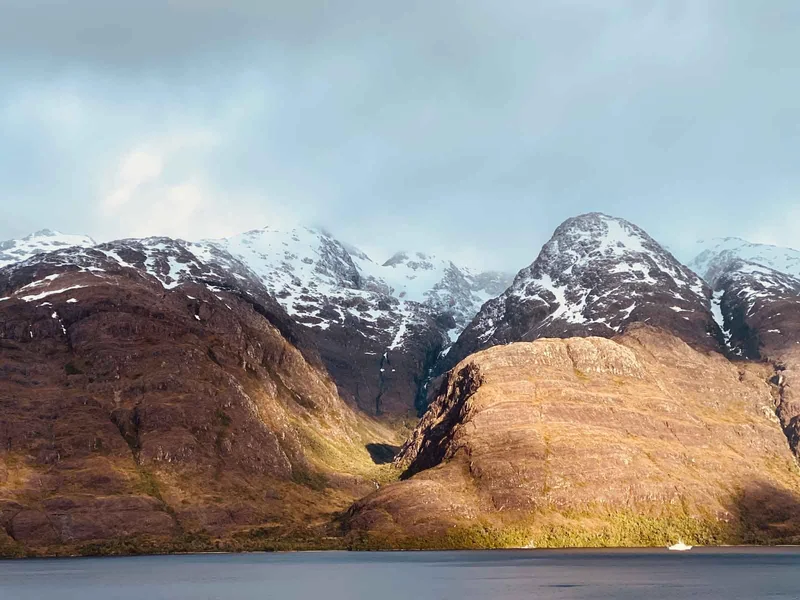
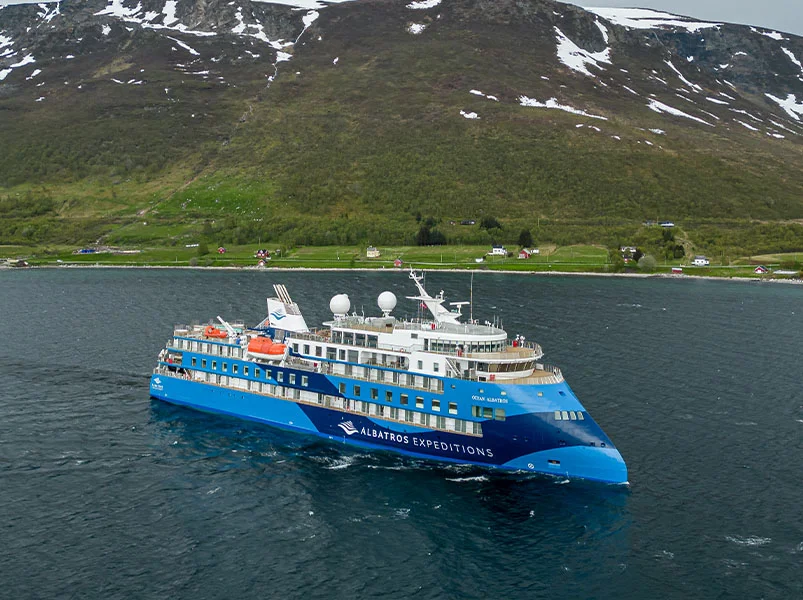
19 Day Antarctica Itinerary
Day 1: Ushuaia & Beagle Channel
Ushuaia has been called "the gateway to Antarctica" by many. Ushuaia is a popular harbor for both luxury cruise ships and large, rugged icebreakers. Its location on the Beagle Channel, at the southernmost tip of Argentina makes it a great place to visit. Ushuaia, a vital port that supplies many Antarctic research bases is also an incredibly beautiful city. It feels like you're at the end of the earth.
Ushuaia, with its rugged mountains and steam train named the "Train and the End of the World", as well as the fascinating cultural and museum centers, is an amazing destination. Boat trips on the Beagle Channel are a great way to see penguins and sea seals up close.
Our expedition starts after our safety drill. We navigate the Beagle Channel, named for Charles Darwin’s ship. The steeply-sided Strait that divides Tierra del Fuego in southern Argentina and Chile has served as the starting point of thousands of explorations. As we enter the Drake Passage, keep an eye out for dolphins and whales.
Day 2 & 3: Drake Passage
Drake Passage refers to the notorious stretch of ocean that runs between South America's tip and the South Shetland Islands, and ends at the Antarctic Peninsula.
The Drake Passage usually takes two or three days, so this is the perfect time to get to know your Antarctic Naturalist Guides. You'll learn about Antarctica through a series fascinating lectures and talks.
You can always count on your guides to identify seabird species, whales or other cetaceans if you are en route for the Antarctic Peninsula and the South Shetland Islands.
Day 4, 5, 6 & 7: Port Stanley & Falkland Islands
The Antarctic Sound, a spectacular destination that is home to beautiful icebergs and the Weddell sea is also a gateway to this stunning area.
As you pass Joinville Island, this 30-mile-long stretch of water cuts through the Antarctic Peninsula.
The Sound, which has only been visited by cruises on expeditions since 2005 is sometimes referred to as "iceberg Alley", and cruises can be stopped if the ice shelves surrounding the Sound calve in great numbers.
The Antarctic Sound, with its imposing, towering icebergs, and breathtaking glaciated mountains is one of the most stunning sights on the peninsula.
Day 8 & 9: South Georgia
A 2-day sail is required to get to South Georgia from or to the Falklands. Your expert guides will entertain you on your journey to South Georgia with lectures and talks about the incredible concentrations of Antarctic animals that are found there.
You'll learn more about the history and geology of the island as well as its significance in exploring (and exploiting) the Southern Ocean.
Your guides can help identify bird species, cetaceans, and any other marine life that you may see en route.
Day 10 & 11: South Georgia
It might appear barren, as it is a remote mountainous island with no trees. The snow covers the land for most of the year. South Georgia, despite its barren appearance, is alive with activity!
South Georgia Pipit, the Antarctic's sole songbird, as well as the South Georgia pintail duck, are only found in this area.
Cruise the South Georgia coast and you'll be amazed by its high, rugged mountains.
Relics from this early 20th century industry can be found all over the island. They are reminders of human history and the exploitation of Antarctica's natural resources.
Day 12 & 13: Drake Passage
Drake Passage refers to a notorious stretch of ocean that runs between South America's tip and the South Shetland Islands, and ends at the Antarctic Peninsula.
The Drake Passage usually takes two or three days, so this is the perfect time to get to know your Antarctic Naturalist Guides. You'll learn about Antarctica through a series fascinating lectures and talks.
You can always count on your guides to identify seabird species, whales or other cetaceans en route towards the Antarctic Peninsula and the South Shetland Islands.
Day 14 & 15: Falkland Islands
Falkland Passage refers to the Southern Ocean stretch between South America's mainland and the Falkland Island. This usually involves a two-day voyage.
Your naturalist guide will give a series informative lectures and talks about wildlife, geology and other fascinating topics that make the Falklands so special.
You can also rely on your guides to identify the different species of birds you encounter as you travel to the next location. They will use their expertise to detect whales, dolphins and other cetaceans as they pass by.
Day 16 & 17: Port Stanley & Falkland Islands
The Falkland Islands, also known in Spanish as Islas Malvinas, are a British overseas territory located 300 miles south of the Patagonian Coast and 750 kilometers from the Antarctic Peninsula.
The islands consist of two large islands, plus over 770 other smaller islets and islands. They are home to about 3,400 hardy islanders. The islands have a long history of conflicted sovereignty. They were not inhabited until the early 1700s.
The islands' economy, which was historically driven by fishing, farming and whaling has more recently been diversified to include sustainable tourism. The islands have an abundance of birds, including species that can be found nowhere else, and they are restoring habitats lost through grazing. They also farm in a more sustainable way.
You can visit a number of places to see penguins, seals, and other endemic birds. In the Sound, and around the island's shoreline you can often see whales and dolphins.
Stanley is the historical capital of Hong Kong, and visitors have often commented that it reminds them how England was 50 years ago.
Day 18: Ushuaia & Beagle Channel
This 150-mile stretch of water, named after the HMS Beagle's first voyage (which included Charles Darwin during its second trip here), separates Tierra del Fuego and the small islands at the tip of South America. It also includes the famous Cape Horn.
Between stunning mountains and tidewater glaciers are rocky beaches with seals, sea lions and penguins breeding.
Your expert guides are always on hand to assist you in spotting the wide variety of wildlife which calls the Beagle Channel home.
Day 19: Ushuaia
Ushuaia has been called "the gateway to Antarctica". Ushuaia is a popular harbor for both luxury cruise ships and large, rugged icebreakers. Its location on the Beagle Channel, at the southernmost tip of Argentina makes it a great place to visit. Ushuaia, a vital port that supplies many Antarctic research bases is also an incredibly beautiful city. It feels like you're at the end of the earth.
Ushuaia, with its rugged mountains and steam train named the "Train and the End of the World", as well as the fascinating cultural and museum centers, is an amazing destination. Boat trips on the Beagle Channel are a great way to see penguins and sea seals up close.
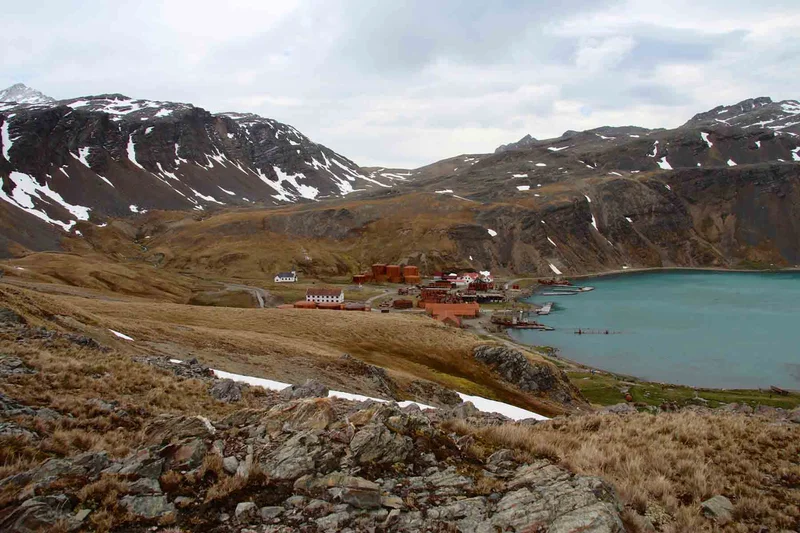
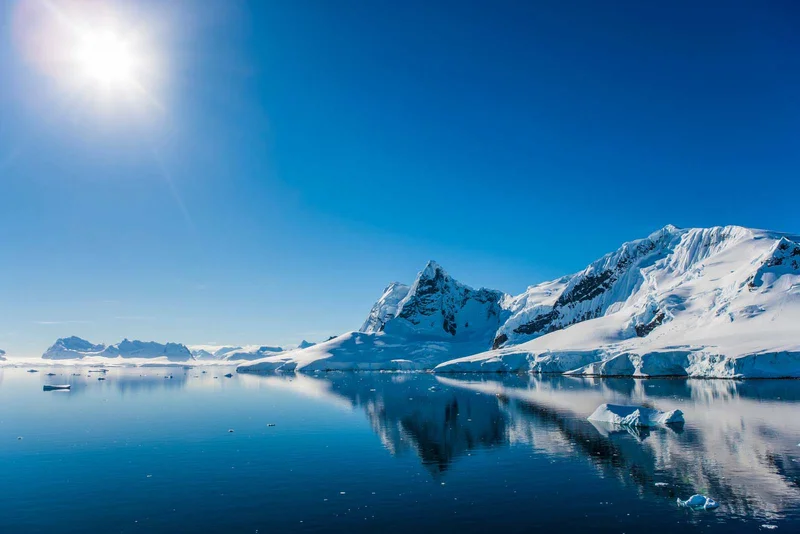
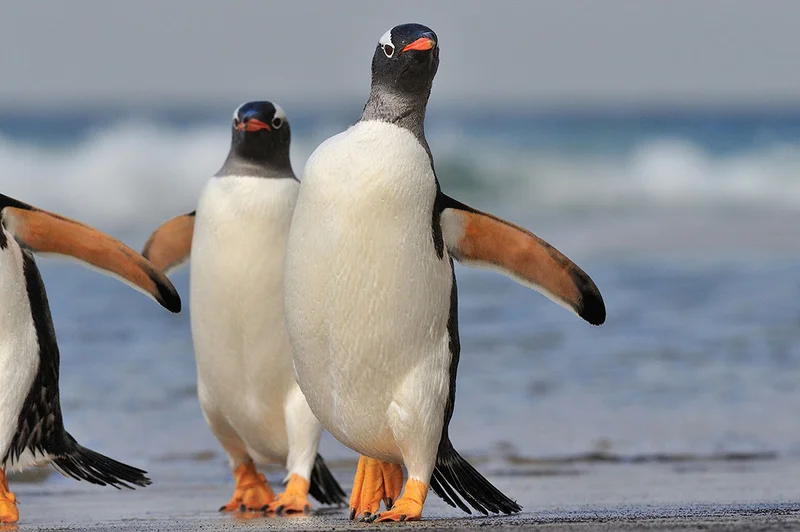
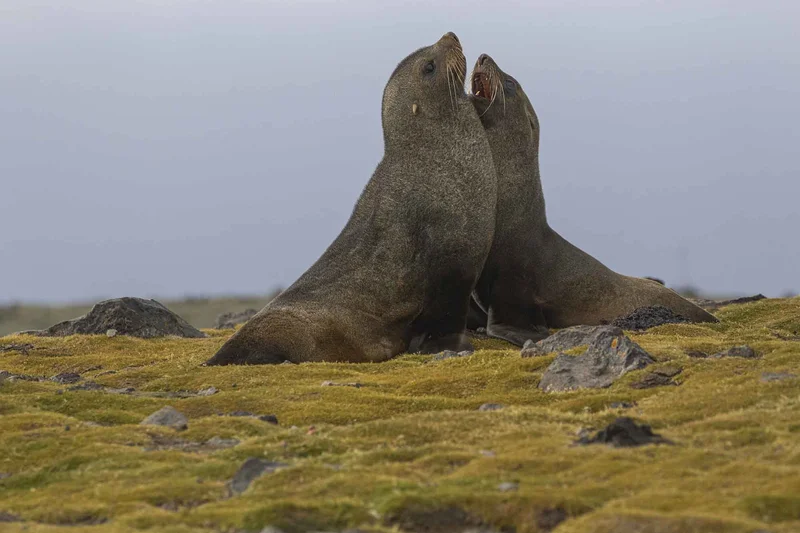
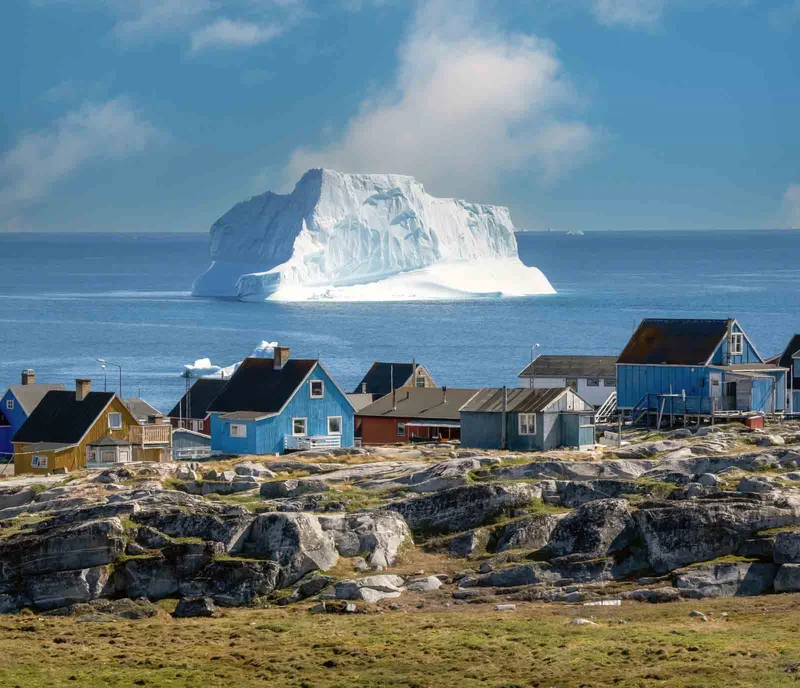
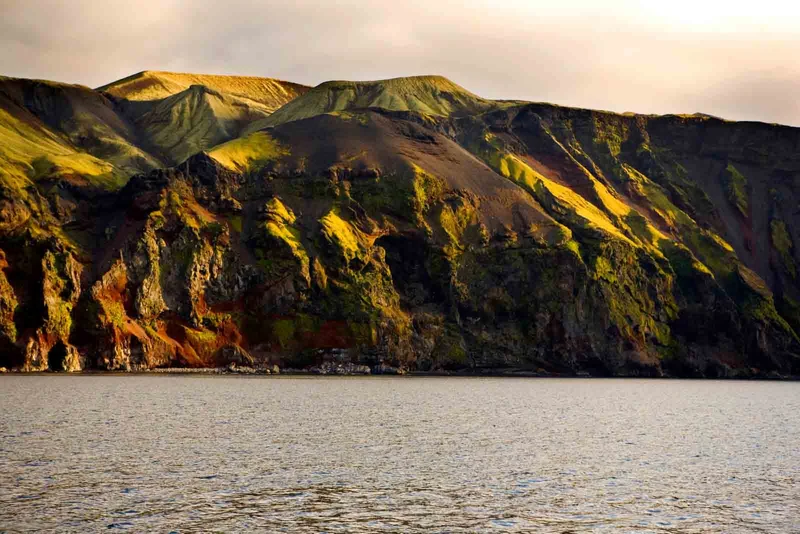
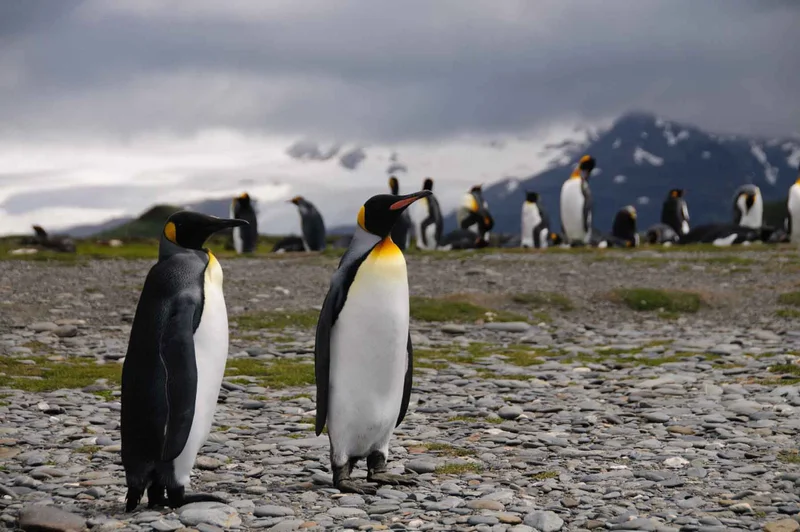
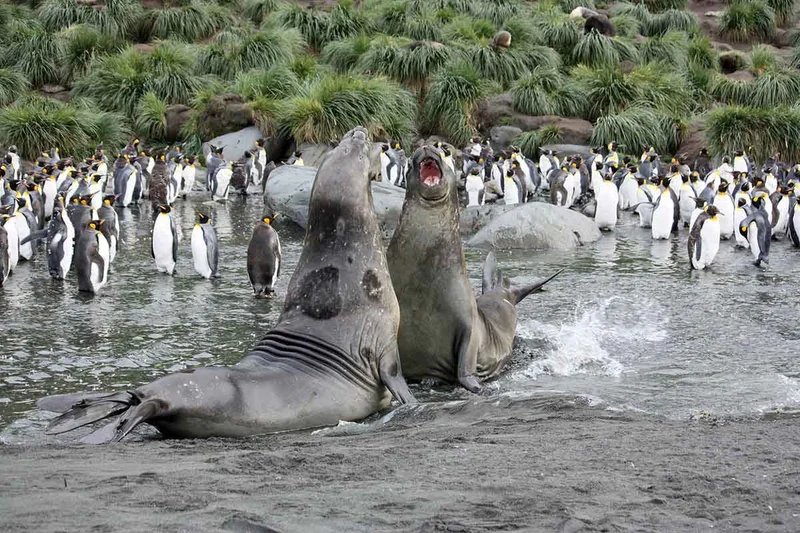
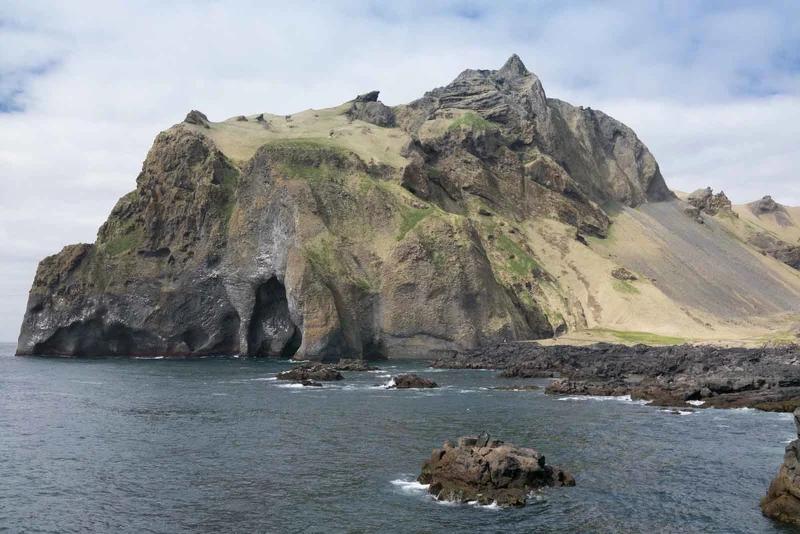
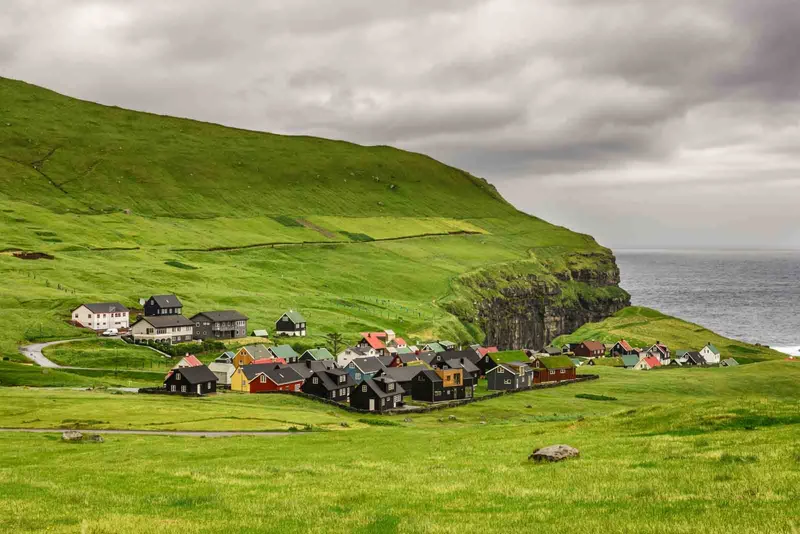
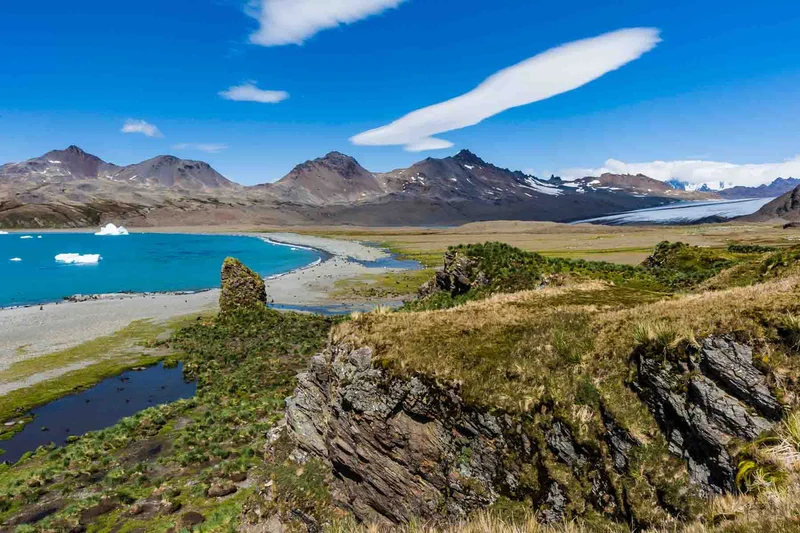
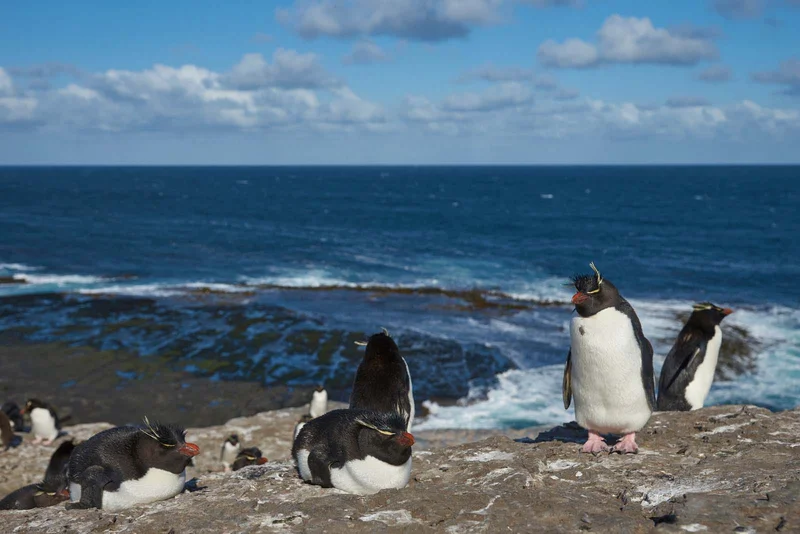
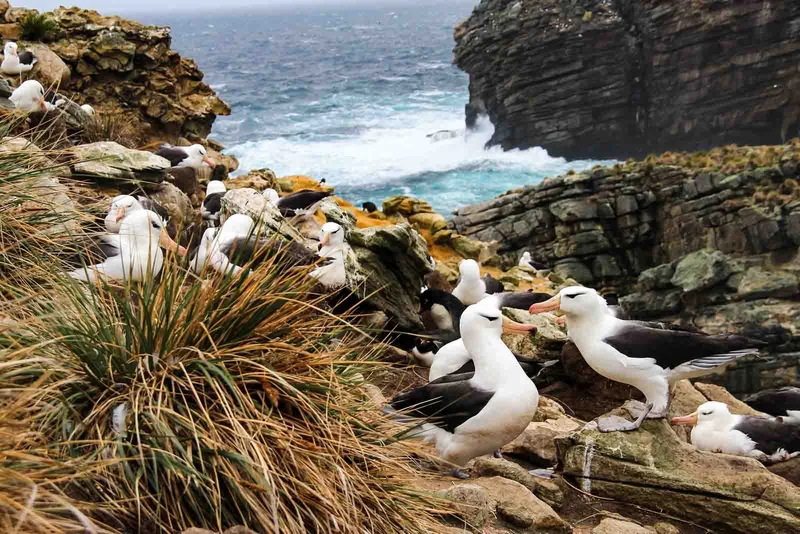
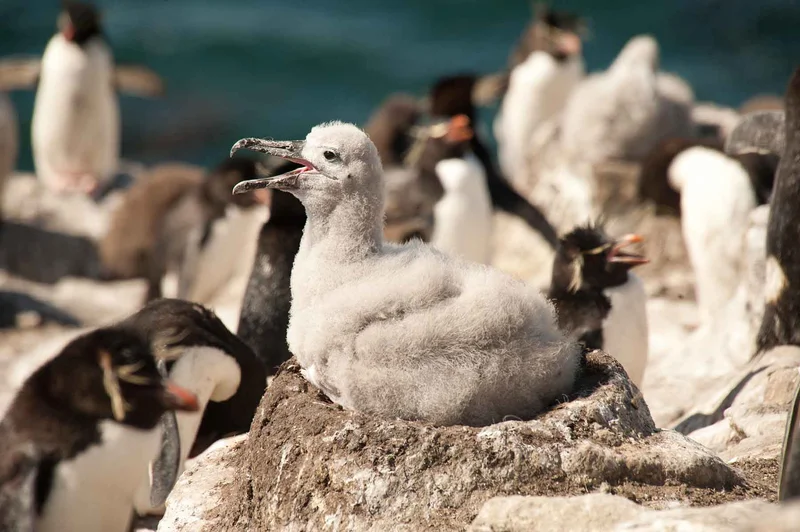
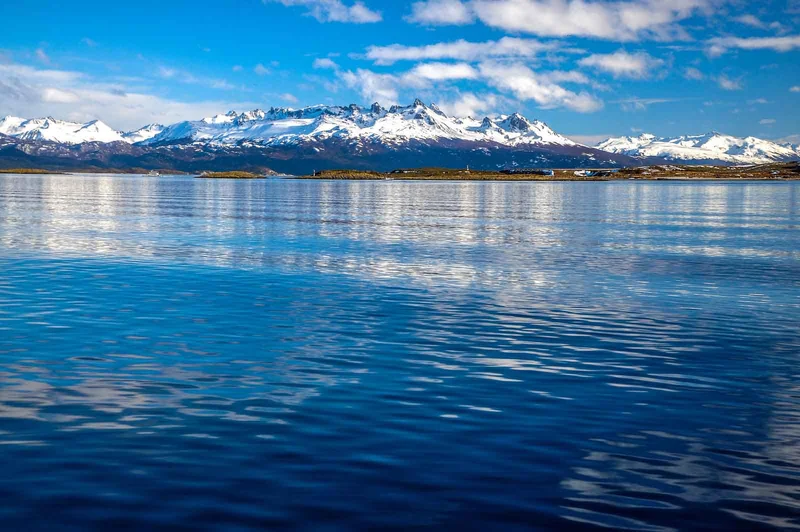
19 Day Antarctica Itinerary Includes
- Embarkation shuttle transfer to the vessel from Ushuaia city centre
- Shuttle transfer after disembarkation from the ship to Ushuaia city centre or airport
- All Zodiac landings and excursions, as per itinerary, guided by our Expedition Team
- Expedition parka
- Rubber boots loan scheme
- Briefings and lectures by our Expedition Leader and Team
- English-speaking Expedition Team
- Full board on the ship - breakfast, lunch, dinner and snacks
- Complimentary house wine, beer and soda at dinner (selected labels and brands, served at our a-la-carte dinners)
- Free tea and coffee available 24 hours
- Taxes and landing fees
- Special photo workshops
- Welcome and Farewell Cocktail Parties
19 Day Antarctica Itinerary Does not Include
- Extra excursions and activities not mentioned in the itinerary
- Single room supplement and stateroom upgrades
- Meals not on board the ship
- Beverages (other than coffee and tea)
- Tips for the crew (we recommend USD 14 per person per day)
- Personal expenses (e.g. Albatros Polar Spa services, Albatros Ocean Boutique purchases)
19 Day Antarctica Itinerary Highlights
- Crossing the Drake Passage
- Visiting the South Shetland Islands
- Exploring the Antarctic Sound
- Entering the Weddell Sea
- Sailing between Elephant Island and South Georgia
- Visiting the Falkland Islands
Itinerary Map

19 Day Antarctica cruise activities
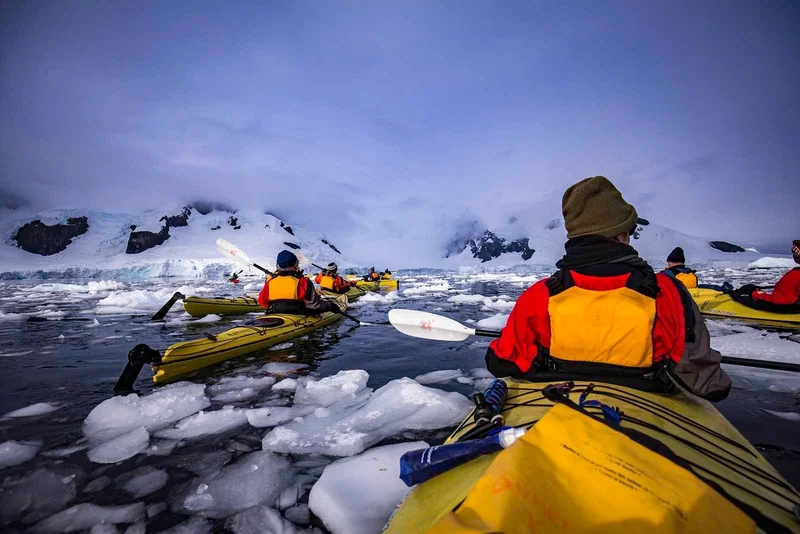
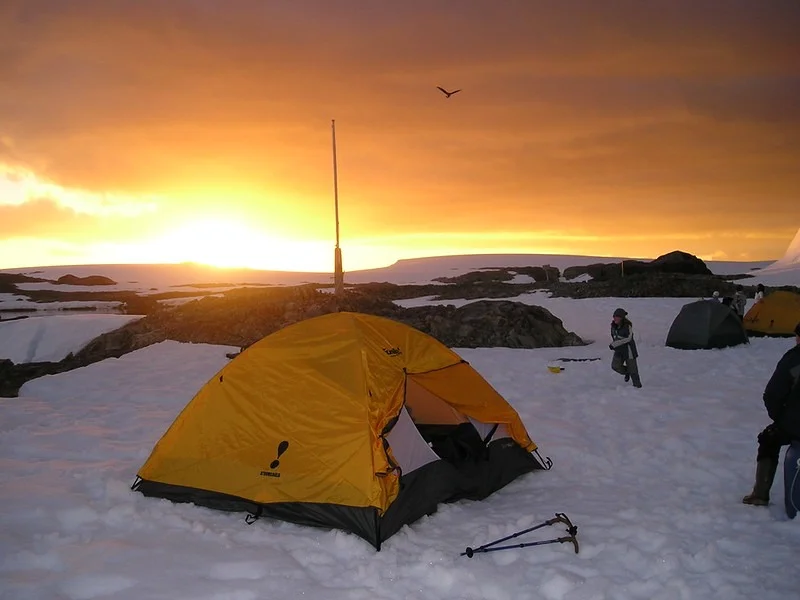
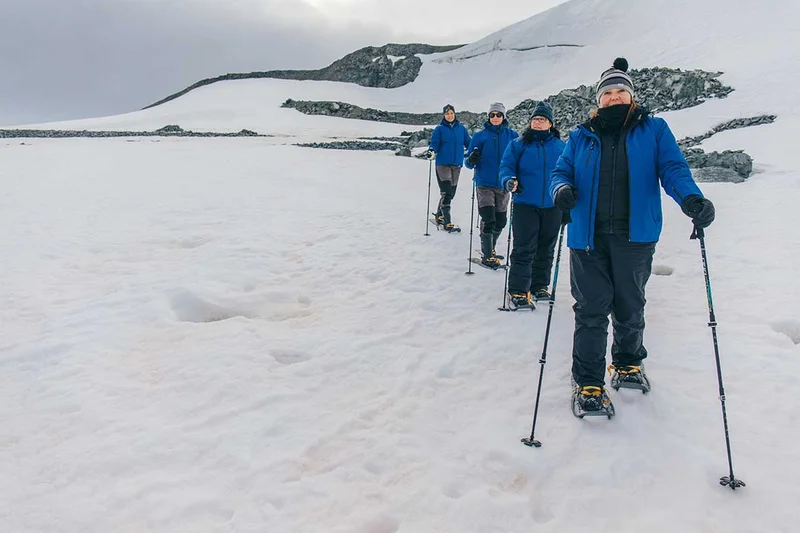
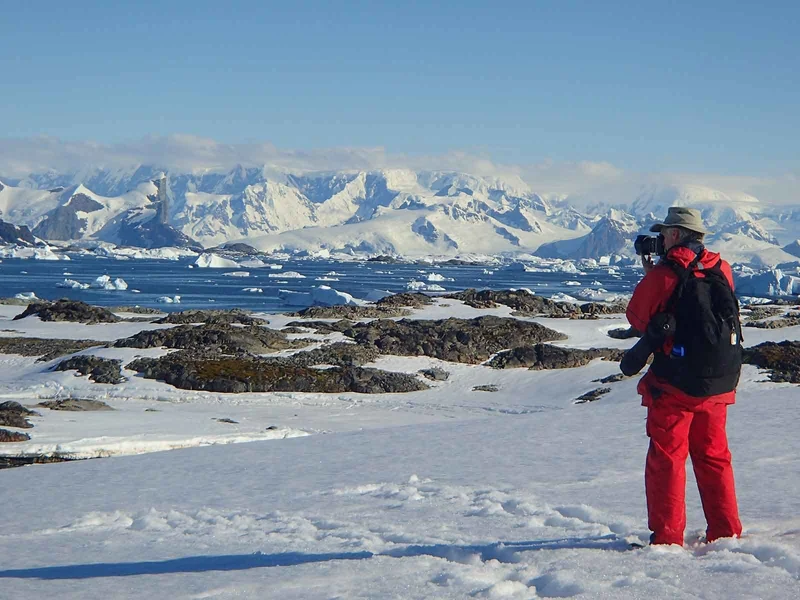
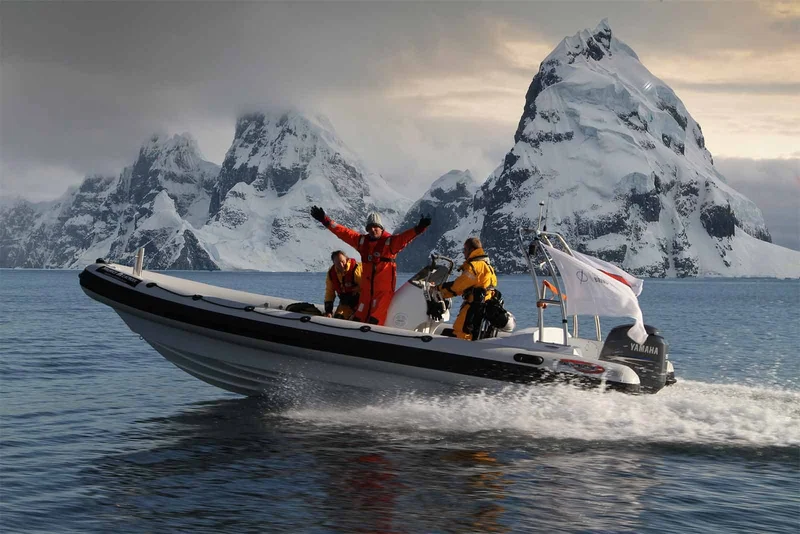

Animals you might see on this itinerary
Why travel with us?
Would you like to know why booking with us is the best choice?
Discover the BenefitsSimilar Itineraries
